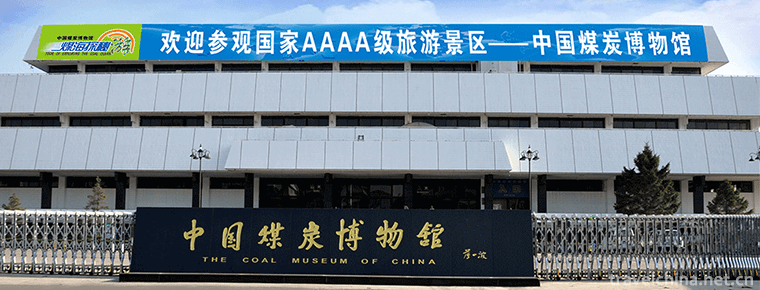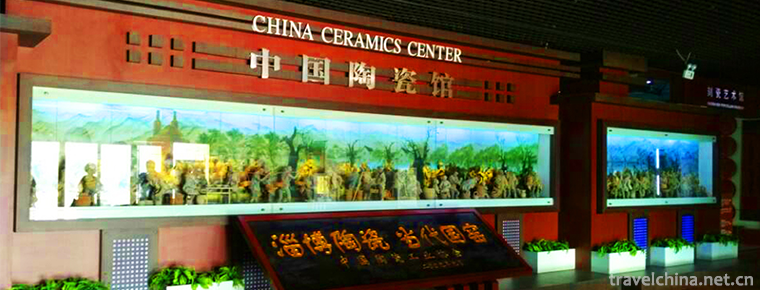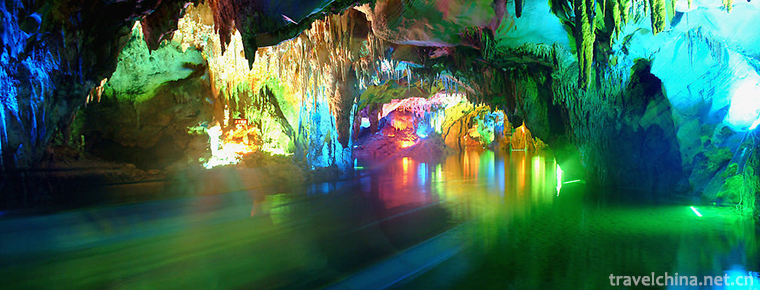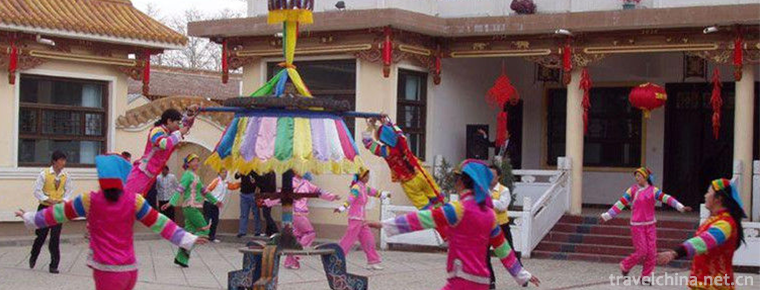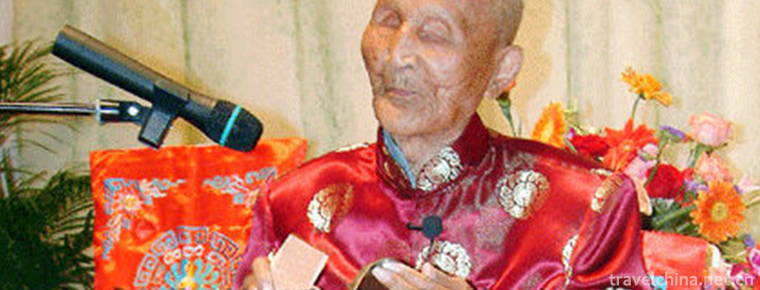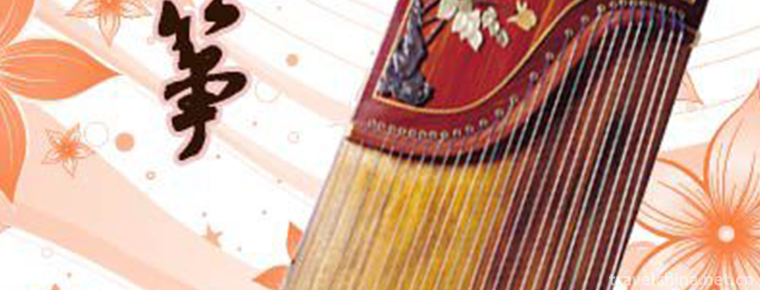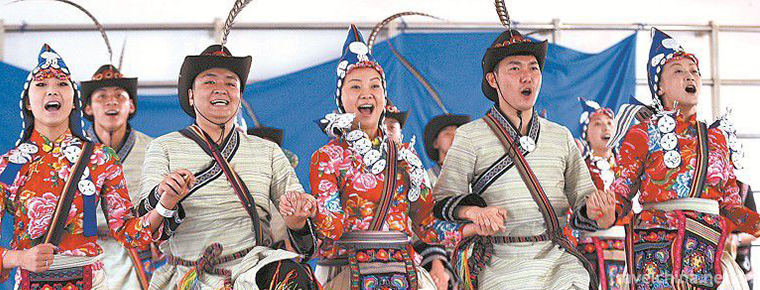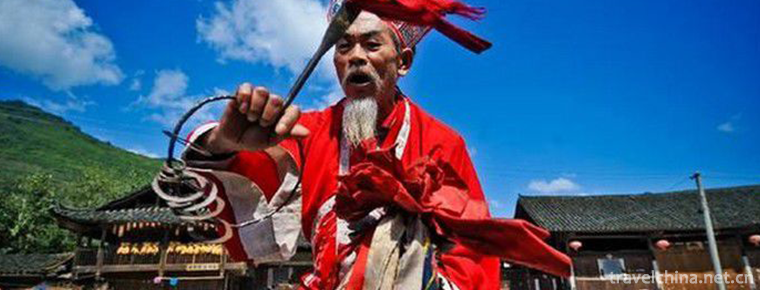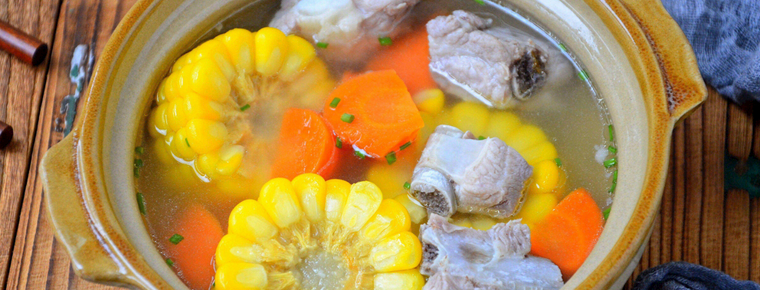Potala Palace
Located in the northwest of Lhasa, the capital of Tibet Autonomous Region of China, Mount Mabhuri is the world's highest elevation magnificent building with palaces, castles and temples. It is also the largest and most complete ancient castle complex in Tibet.
The Potala Palace is built on a hillside with overlapping buildings, beautiful palaces and magnificent momentum. It is an outstanding representative of ancient Tibetan architecture (said to originate from Sangzhuzi Fortress). It is the quintessence of ancient Chinese architecture and the fifth set of landscape patterns on the back of RMB 50 notes. The main building is divided into two parts: the White House and the Red Palace. Gong Diangao is more than 200 meters, with 13 layers and 9 layers. Potala Palace square in front of Potala Palace is the highest city square in the world.
Potala Palace was first built by Song Xan Gan Bbu, a Tubo Dynasty, to marry Princess Ulun and Wencheng princess. In 1645 (the second year of the reign of the Qing Dynasty), Gushihan, the patron of the Qing Dynasty, and Sonan Qunpei, the Regent of the Gelug sect, rebuilt the Potala Palace. After rebuilding the Palace, he became the residence of the Dalai Lama's Winter Palace in successive dynasties and the site of major religious and political ceremonies. For the ruling center.
Potala Palace is the holy land of Tibetan Buddhism (Gelu sect). There are numerous pilgrims and tourists here every year. In March 1961, the State Council listed it as the first batch of national key cultural relics protection units; in December 1994, UNESCO listed it as a world cultural heritage; in January 2013, the National Tourism Administration also listed it as the national AAAAA tourist attractions.
Explanation: Because of the similar architectural style, there are several buildings called the Little Potala Palace: Jigazi Castle in Xigaze and Sangzhuzi Castle (most like), Zandan Temple in Naquso County, Putuo Zongzheng Temple in Hebei Summer Resort, and Xiaodeng Temple in Naqu County.
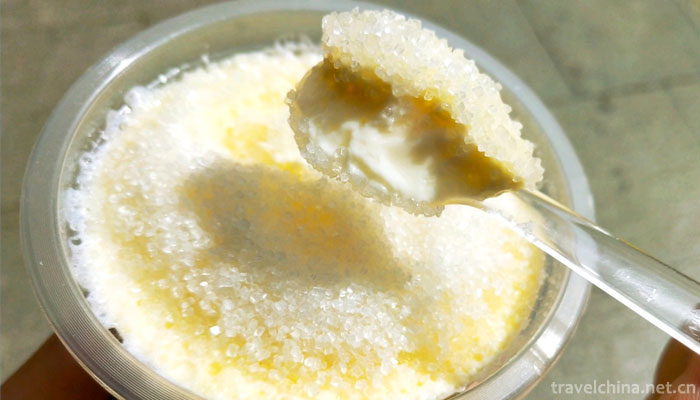




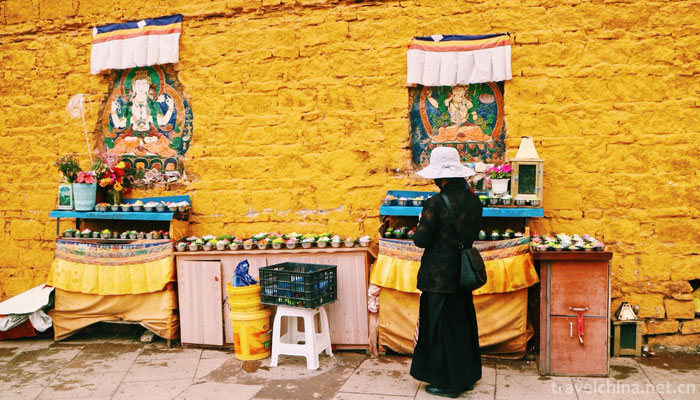
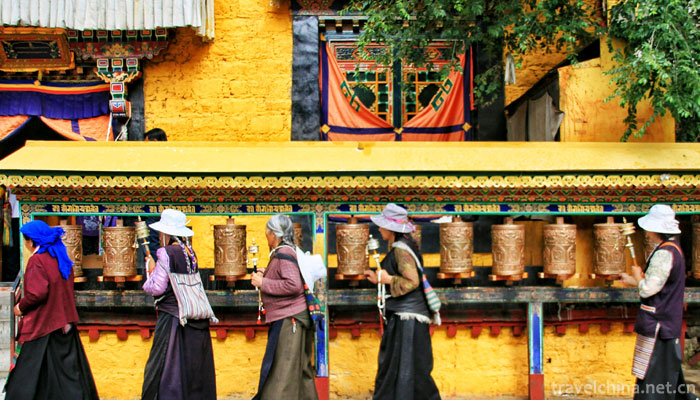
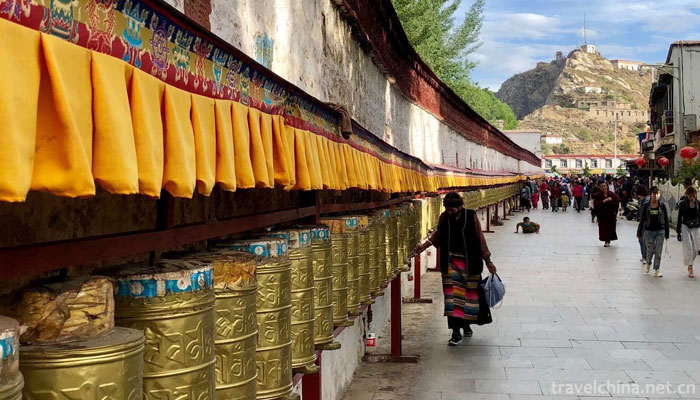
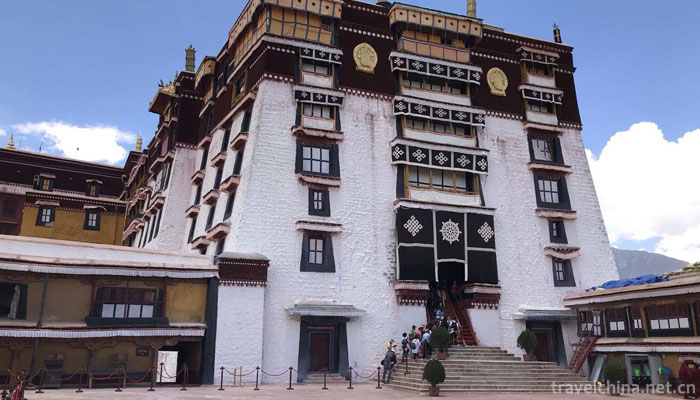

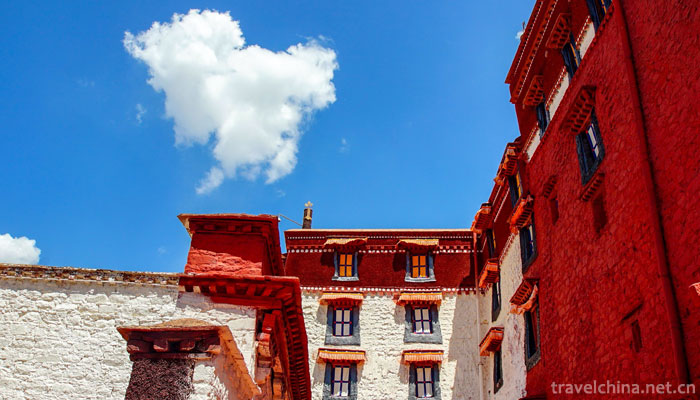
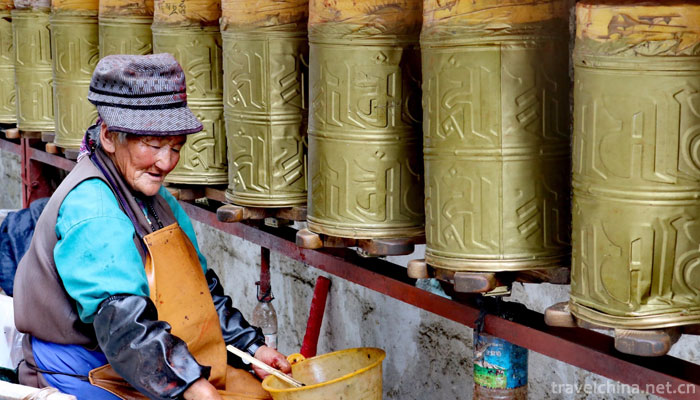

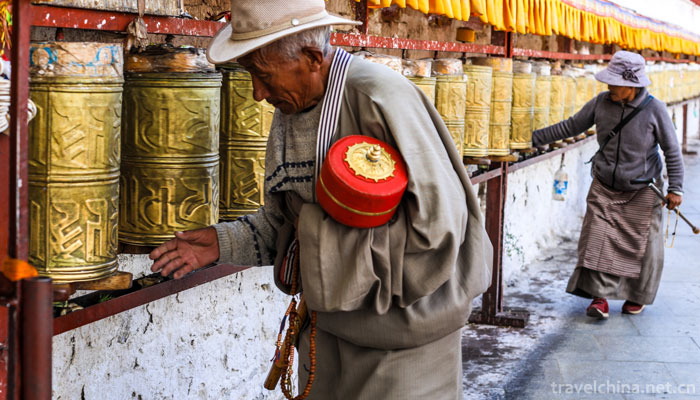


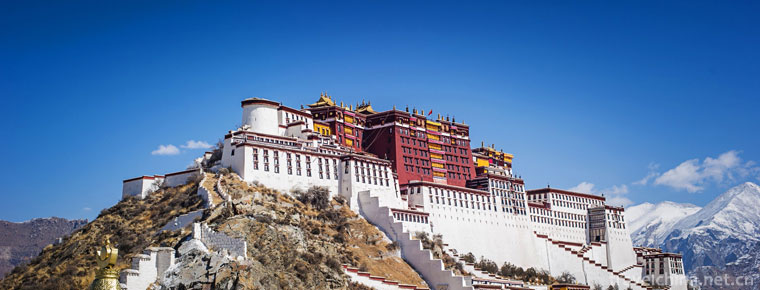
Potala Palace
-
China Coal Museum
The China Coal Museum is located at the intersection of Yingze Street and Jinci Road in Taiyuan City. It was completed and opened on September 30, 1989
Views: 215 Time 2018-12-22 -
China Ceramic Museum
The China Ceramic Museum is located in the Cultural Square in the center of Zibo City. On the basis of Zibo Exhibition Hall in April 2001, it was transformed by large-scale investment
Views: 150 Time 2018-12-22 -
Li Zhuang ancient town
Lizhuang, an ancient town precipitated by cultural and historical relics, is an ancient town that tells stories and vicissitudes of the Anti-Japanese War. It is an ancient town that reflects Chinese t
Views: 240 Time 2019-01-29 -
Luxi County Alu Ancient Cave Scenic Area
The Alu Gudong Scenic Area is located in southeastern Yunnan Province, 2 kilometers west of Luxi County Town, Honghe Prefecture, Yunnan Province. "Alu ancient cave" is a Yi language,
Views: 148 Time 2019-02-06 -
Yasuaki
Anzhao is an ancient Tu dance. It's popular with mutual aid. When celebrating festivals, harvest celebrations and weddings, people gather in the courtyard or on the wheat threshing ground to dance the
Views: 205 Time 2019-04-02 -
Sing the news
Singing news is a traditional local opera popular in eastern Zhejiang, especially in Fenghua, Beilun, Zhenhai, Yinzhou and Xiangshan. Singing news has a long history, about a hundred years ago
Views: 224 Time 2019-04-16 -
Guzheng Art
Guzheng is one of the oldest traditional stringed instruments. As early as the Spring and Autumn Period and the Warring States Period, it was prevalent in Shaanxi and Gansu.
Views: 200 Time 2019-05-01 -
Achi Wood Scraping of Lisu Nationality
"Aqimuguo" is a kind of self-entertaining dance for the masses, which is spread in the upper reaches of the Cangjiang River with Yezhi Township as the center. Its characteristics are that it
Views: 322 Time 2019-06-17 -
Timago of Tujia Nationality
The Tujia Tima song, also known as the "Tujia Tima Goddess Song", is an ancient song sung in Tujia language in the activities of Tujia Tima. It mainly distributes in Longshan, Yongshun, Baoj
Views: 307 Time 2019-06-23 -
Huainan Normal University
The school was founded in 1958 when it was a teacher's College in Huainan. In 2000, approved by the Ministry of education, the former Huainan normal school, Huainan Education Institute and Huainan nor
Views: 289 Time 2019-11-16 -
Corn and sparerib soup
Corn and spareribs soup is a tonic soup, the main ingredients are corn and spareribs, the main cooking technology is stew. Corn can reduce the blood cholesterol concentration and prevent it from depos
Views: 348 Time 2020-03-16 -
Junlian karst
Junlian karst scenic area. Located in Junlian County, Yibin City. The scenic area covers 130 square kilometers. The main scenic spots include karst peak cluster, box cave, Yuanyang cave, Xianren cave, Mujing hot spring, intermittent spring, etc.
Views: 153 Time 2020-10-16
